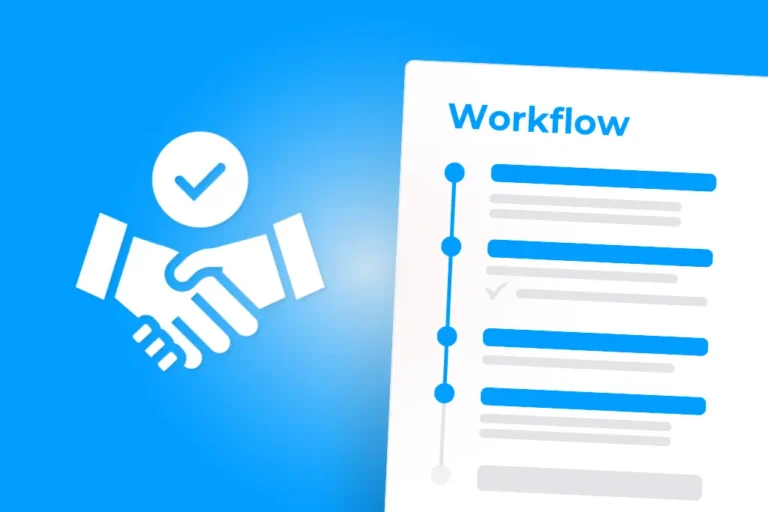Meetings can be transformative spaces if leaders get to grips with the steps needed to make them more effective and productive. By beginning with organized discussion and ending with effective delegation, meetings can be sharper and waste less time for everyone involved. All that is necessary is stubbornly employing the skills involved, at every step of the way.
More efficient meetings in six steps
Here are six ways that can help you manage more constructive meetings and help you save time.
1: Do Your Homework
How many times have you heard the saying, ‘Preparation is the key to success’, but attended meetings where presenters bumbled their way through repetitive slides that each person can read for themselves, or failed to grasp how to use the PowerPoint equipment in the first place? Too often.
Instead, leaders need to lead with a set example. Distribute meeting agendas in advance so everyone is briefed and then follow them to a T. Employing the right software helps, the DiliTrust Governance suite’s Board Portal module allows board members and executive committees to digitize their board meetings and efficiently organize each meeting. Users of DiliTrust’s Board Portal module can upload documents prior to meetings and analyze material in advance with built application features like vocal notes, post-its, polls, and highlighting tools. Collaboration prior to meetings is so important, figures show that after meetings people are 61% less likely to share notes
2: Read the Room
What can stiff body language and disaffected facial expressions tell you? A lot, according to experts. Annie McKee, a senior fellow at the University of Pennsylvania, argues that observing between the lines in meetings is critical. Her advice for leaders? Observe closely how people respond by scanning the room and seeing, ‘who’s next to whom, who’s smiling, who’s not, who’s standing, who’s sitting, and how much space is between people’. McKee also recommends paying close attention to smaller details like facial expressions, posture, and body language in meetings.
Fleeting indicators like grimaces, raised eyebrows and slight smiles will lead leaders to gauge more intently how people react. In tense meetings knowing these skills prove indispensable.
3: Keep Your Meetings Small
Smaller team meetings accomplish more. Google abides by this rule, with no more than 10 Googlers present as standard. But how do smaller meetings achieve better results? Research from Stanford University found that meetings with the highest productivity output are held with a group of between 5 and 8 people. Numbers higher than this manifest lower productivity. With more time for everyone to discuss issues and with a concise agenda, meetings are more efficient and engaging.
4: Watch the Clock
Meetings are getting longer, but our attention spans are getting shorter. Something has got to give. Steering shorter meetings is a key skill. In the UK a recent survey found that the average attention span is 14 minutes long. Meetings between 15 and 30 minutes work best.
5: Let Your Team Assign Their Work
Allowing your teams to assign their own work is vital to increasing productivity, efficiency, and teamwork in meetings. It is a recipe huge conglomerates swear by, Apple and Google included. Steve Jobs labeled each person responsible for an agenda item the DRI or ‘the Directly Responsible Individual’. This is a move towards greater productivity because people are held accountable from this meeting attended by their colleagues and they take a greater interest in completing each task as it is owned by them, i.e. they set their own deadline.
It is even beneficial for employee health. Professor of Epidemiology and Public Health at UCL, Sir Michael Marmot, found through his four decades of research on government employee health in the UK that the highest mortality and poorest well-being were consistently associated with employees who had little control over their work lives.
6: Be Consistent with Follow-ups
As with the previous point, leaders know that momentum in the meeting room will wilt with time. So, persistence after meetings from management and leaders is key to seeing the project completed. Management can support and see the project to fruition by checking in and offering some guidance and feedback. There is however a disparity between micro-managing and following up. Leaders must allow employee mistakes and understand that they are necessary for growth.
The DiliTrust Board Portal module enhances and streamlines the management of your board and executive committees’ meetings for effective corporate governance. To find out more please contact our support team today to arrange a free-of-charge demo.
✅ This could also interest you:



